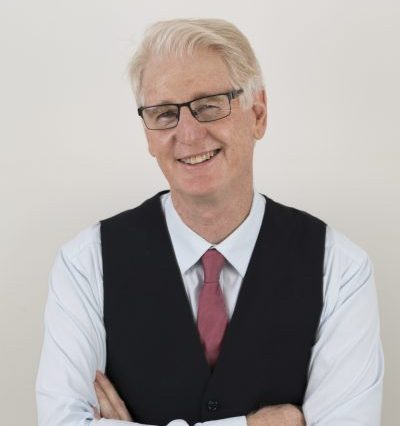A few years back, a couple of authors (Evans and Rosenberg) came up with the 10 biomarkers of ageing. These were 10 physiological characteristics which changed with the passing of the years. Their list comprised muscle mass, strength, basal metabolic rate, body fat percentage, aerobic capacity, glucose tolerance, cholesterol/HDL ratio, blood pressure, bone density and temperature regulation.
Two things are interesting about this list
- The biomarkers of disuse make up the same 10 factors
- Nine of the ten markers can be improved by working out in the gym (not sure about temperture reg.)
In other words, you can hasten your physiological deterioration by inactivity, and slow the (currently) inevitable changes by doing resistance training and remaining active. The anti-ageing pill is actually PHYSICAL ACTIVITY!
Our chromosomes are built to survive for about 120 years. This is the potential life span we are each born with. These tiny strands of information will reproduce themselves and maintain our body and brain for up to 120 years before their batteries run out. Obviously we don’t all live to such a great age. From conception, when our genetic makeup is established, begins a process of subtracting seconds, minutes, days and years from that 120 year potential lifespan. Our fragile internal ecosystem that is constantly trying to rebuild and maintain its structure and function battles against all sorts of factors that progressively shorten our lives.
Factors such as maternal nutrition while still in the uterus, infant diseases, nutritional excesses (sugar and fat) and nutritional deficiencies (vitamins, minerals, anti-oxidants), exercise or lack of it, stress, smoking, toxic environments or relationships and the list goes on.
Every day your body is rebuilding and replacing it’s entire substance. Cells are being retired, dismantled and rebuilt every breath you take. Your heart muscle is replaced, your bone structure is updated, your skin shed and rebuilt. The raw materials for this project comprise whatever goes into your mouth. Your body is rebuilt using what you eat and drink! Your choice is whether to go with the budget or convenience materials (sugar, fat, fast foods, processed foods, refined products) OR to select the premium ingredients (fresh fruit, vegetables, lean meat, nuts, legumes, pulses, water and all freshly prepared) to build your new cells. I think many of us spend more time and energy researching our electronic equipment or vehicles and making the best decision than we do on how to rebuild our bodies with the healthiest and strongest cells and DNA possible.
Scientists (bless their cotton socks) are working to extend the duration of human life. To increase longevity toward our potential 120 years. Obviously they are having success – more of us are living too 100 years old. Improvements to public health and hygiene and eradication or control of some nasty diseases have already produced results. But I think they are going down the wrong path.
If I was looking to extend my life span, I wouldn’t be tacking on 10 or 20 years at the end. I want my extension much earlier than that. I want another 5 years of childhood. And another 15 or so years between 30 and 35 please. That’s where I want my extra twenty years: during the free and fun years of childhood and the years I missed and messed by concentrating on work, status and money instead of enjoying my kids growing up and savouring every moment with my older parents.
But in the mean time, I’ll just keep replenishing my DNA with high quality nutrition, get a bit of exercise, try not to get too stressed and enjoy whatever extra time comes my way. As my mum always said, ‘Eat your vegetables, go out and play.’
Who needs scientists?
